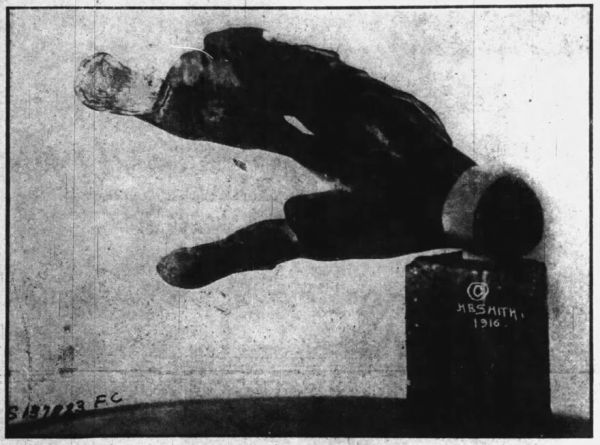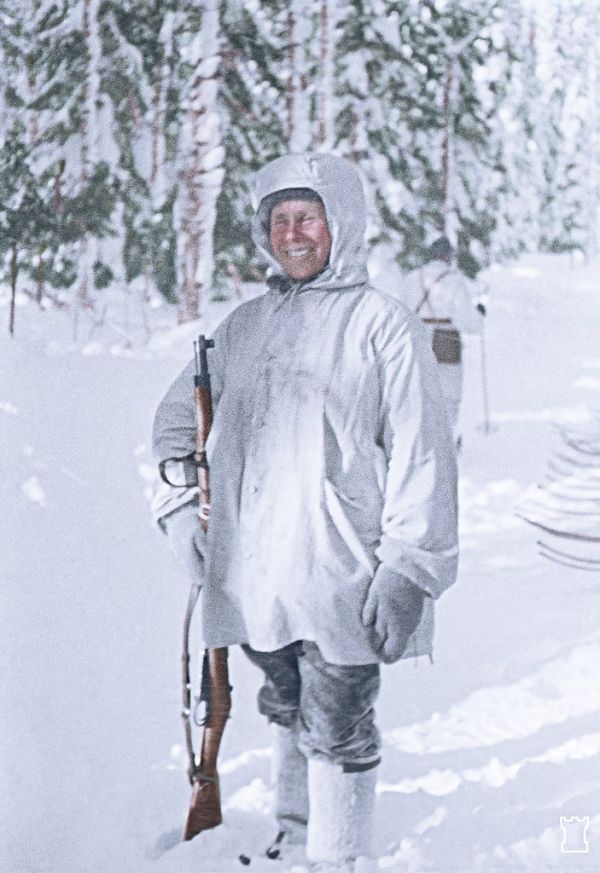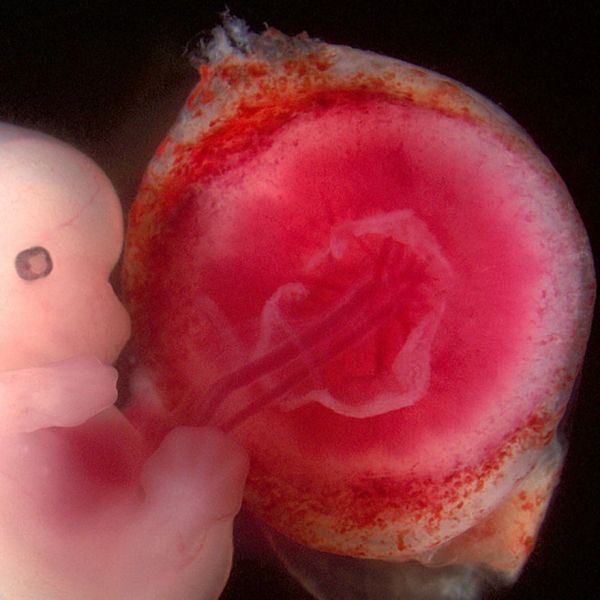Tim King does home remodeling in western Chicago. Recently, he worked on the home that belonged to his parents. While tearing down some drywall, he found a wrapped Christmas present. It had his name on it and dated back to 1978, when King was six years old.
King figures that it must have been in the attic and fallen inside the wall. Now, this prized toy was finally in his hands. WGN 9 News reports that removing the wrapping paper revealed a Matchbox Sky Busters toy plane set. King affirms that, at six, he would have loved to receive this gift. It's a bit late now, but he still enjoys the present.
-via Born in Space












